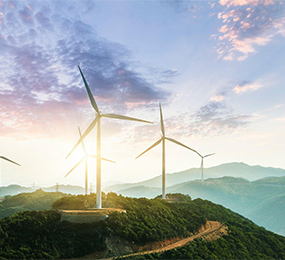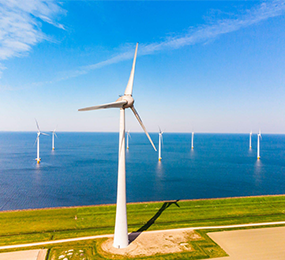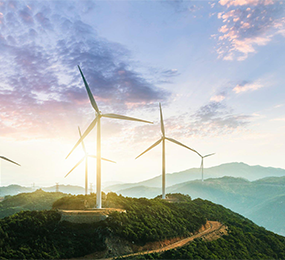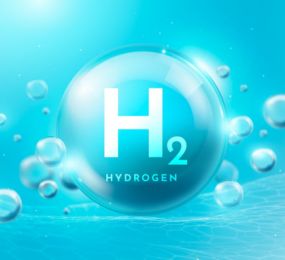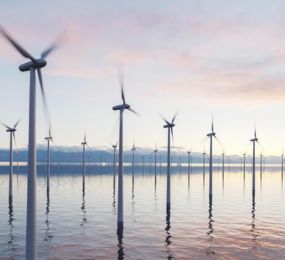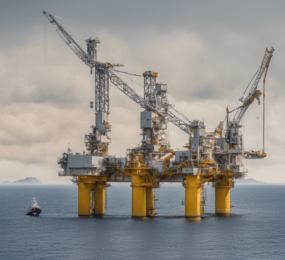The offshore wind industry is witnessing a rapid transformation, driven by technological advancements and a growing focus on efficiency and sustainability. One of the key areas where innovation is playing a crucial role is in the development and application of advanced sensor technology. These sensors provide real-time data on various aspects of turbine performance, enabling operators to make informed decisions and optimize operations.
Types of Sensors Used in Offshore Wind:
- Vibration Sensors: Monitor vibrations in turbine components to detect signs of wear, fatigue, or misalignment.
- Strain Gauges: Measure the strain on turbine components, providing insights into stress levels and potential structural issues.
- Temperature Sensors: Monitor temperatures in critical areas of the turbine to detect overheating or cooling problems.
- Acoustic Emission Sensors: Detect acoustic signals emitted by materials under stress, providing early warning of potential failures.
- Corrosion Sensors: Monitor corrosion levels in turbine components, helping to prevent structural damage.
- Wind Speed and Direction Sensors: Measure wind conditions to optimize turbine performance and ensure safe operation.
Benefits of Advanced Sensor Technology:
- Improved Condition Monitoring: Sensors provide real-time data on turbine health, enabling early detection of potential issues.
- Predictive Maintenance: By analyzing sensor data, operators can predict equipment failures and schedule maintenance proactively, reducing downtime and costs.
- Optimized Performance: Sensors can help identify opportunities to optimize turbine performance, such as adjusting blade pitch or generator settings.
- Enhanced Safety: Sensors can detect potential safety hazards, such as structural damage or equipment malfunctions, allowing for timely intervention.
- Data-Driven Decision Making: The vast amount of data collected by sensors can be used to inform data-driven decision-making, leading to more efficient and effective operations.
Future Trends in Sensor Technology:
- Wireless Sensor Networks: Advances in wireless communication technologies are enabling the deployment of large-scale sensor networks, providing more comprehensive coverage and data collection capabilities.
- Integration with AI and Machine Learning: Combining sensor data with AI and machine learning algorithms can lead to even more advanced predictive maintenance capabilities.
- Self-Healing Sensors: Sensors with self-healing capabilities can extend their lifespan and reduce maintenance requirements.
Advanced sensor technology is playing a vital role in enhancing the performance, reliability, and safety of offshore wind turbines. By leveraging the power of data and analytics, operators can make informed decisions, optimize operations, and ensure the long-term sustainability of offshore wind energy. As sensor technology continues to evolve, we can expect to see even more innovative applications and benefits in the years to come.
To register or learn more about the Forum please check here: https://www.leadventgrp.com/events/4th-annual-offshore-wind-operations-and-maintenance-forum/details
For more information and group participation, contact us: [email protected].


